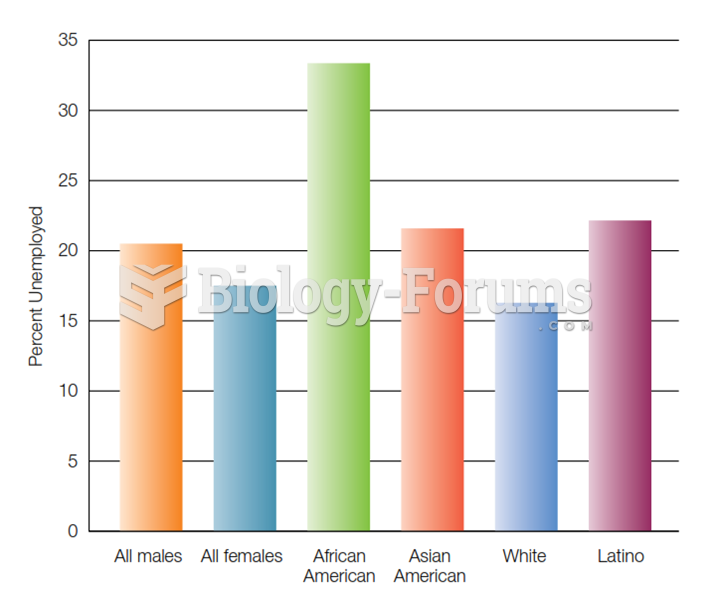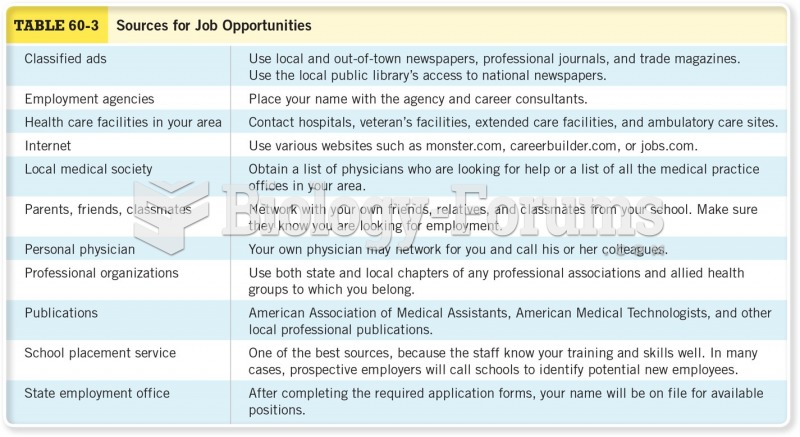Answer to Question 1
B
Answer to Question 2
Visionary leaders are characterized by four major traits:
International mind-set and cosmopolitan values. Visionary leadership requires managers to acquire an international mind-set-an openness to, and awareness of, diversity across cultures. Dogmatic, close-minded managers who lack vision and have difficulty adapting to other cultures are likely to fail. Those who are open minded, committed to internationalizatio n, and ready to adapt to other cultures are likely to succeed.
Willingness to commit resources. The complexities of foreign markets imply that international ventures take more time than domestic ones to become profitable. Visionary leaders commit to them and unswervingly believe the firm will eventually succeed. Commitment drives them to develop the financial, human, and other resources their firms need to achieve their international goals. Highly committed firms engage in systematic international market expansion, allocate necessary resources, and empower structures and processes that ensure ultimate success.
Strategic vision. Visionary leaders articulate a strategic vision-what the firm wants to be in the future and how it will get there. As they develop strategic vision, senior managers focus on the ideal picture of what the firm should become. The picture is a central rallying point for all plans, employees, and employee actions.
Willingness to invest in human assets. Visionary leaders must nurture the most critical asset of any organization-human capital. In global firms, senior leaders adopt such human resource practices as hiring foreign nationals, promoting multicountry careers, and providing cross-cultural and language training to develop international supermanagers.
These leadership traits are especially necessary for a firm operating in a global matrix structure. The global matrix structure is an arrangement that seeks to leverage the benefits of global strategy and responsiveness to local needs. Specifically, the global matrix structure is a combination of the geographic area, product, and functional structures. It aims to reap the advantages of each while minimizing their disadvantages. To make it work, headquarters management should simultaneously: 1. coordinate and control international operations; 2. respond to needs in individual countries; and 3. maximize interorganizational learning and knowledge sharing among the firm's units worldwide. These tasks can be more easily carried out if managers exhibit the traits of visionary leaders.







